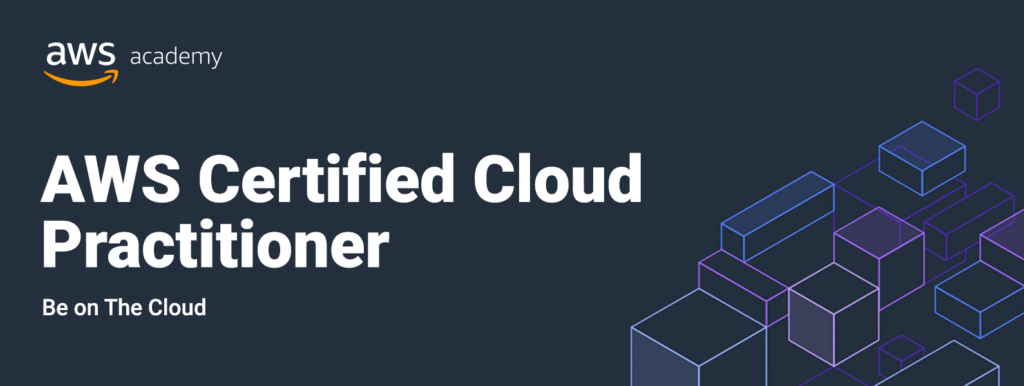Blog
-
My Network+ Certification Journey: What I’m Learning

As I dive into studying for the CompTIA Network+ certification (N10-009), I’ve been amazed at the breadth of networking knowledge this exam covers. For anyone curious about what this certification entails, here’s a look at what I’m currently tackling in my studies.
Networking Concepts
I’m currently wrapping my head around the OSI model’s seven layers – from the Physical layer where cables and hardware live, up through Data Link, Network, Transport, and finally to the Application layer. It’s fascinating to see how data moves through each layer!
The cloud computing section feels particularly relevant to today’s IT landscape. I’m learning about:
- Network functions virtualization
- Different cloud models (public, private, hybrid)
- Service models like SaaS, IaaS, and PaaS
- Virtual private clouds and their security considerations
Memorizing ports and protocols has been challenging but necessary – HTTP (80), HTTPS (443), SSH (22), DNS (53), and many more. I’ve been creating flashcards to help with this memorization.
Network Implementation
This section is where theory meets practice. I’ve been studying:
- Routing technologies: comparing static vs. dynamic routing with protocols like BGP and OSPF
- Switching concepts: VLANs, spanning tree, and interface configurations
- Wireless networking: examining channels, frequencies (2.4GHz vs. 5GHz vs. 6GHz), and authentication methods
I’ve found the wireless section especially interesting as it’s something we interact with daily but rarely think about in technical terms.
Network Operations
The operations domain covers how networks are managed day-to-day:
- Documentation practices (physical vs. logical diagrams, asset inventory)
- Monitoring techniques using SNMP, flow data, and packet captures
- Disaster recovery concepts (RPO/RTO metrics, recovery site types)
- Implementing DHCP and DNS services
I’m realizing how crucial proper documentation is – it’s not just bureaucracy but essential for troubleshooting and maintenance!
Network Security
Security has been eye-opening – understanding both protection mechanisms and threats:
- Authentication methods (MFA, SSO, RADIUS)
- Common attacks like DoS/DDoS, VLAN hopping, and social engineering
- Defense strategies including device hardening and network access control
It’s sobering to learn about all the potential vulnerabilities in networks, but empowering to understand how to defend against them.
Network Troubleshooting
The largest exam section focuses on solving problems methodically:
- Identifying issues
- Forming and testing theories
- Implementing solutions
- Verifying and documenting
I’m learning to troubleshoot common problems with cables, interfaces, network services, and performance issues. The tools section covers both software utilities (like protocol analyzers) and hardware tools (cable testers, Wi-Fi analyzers).
This certification is definitely challenging, but I’m enjoying how it’s building my understanding of networking from the ground up. The practical focus means I’m learning skills I can immediately apply, not just theoretical concepts. I’ve started to look at everyday connectivity issues through a more technical lens, which has been rewarding both professionally and personally.
-

My AWS Certified Cloud Practitioner Journey: What I’ve Been Learning
As I dive into preparing for the AWS Certified Cloud Practitioner exam, I’ve been immersing myself in the fundamentals of AWS Cloud. Let me share what I’ve been studying and some key insights I’ve gained along the way. (click arrow to expand)
Cloud Concepts
I’ve spent considerable time understanding the value proposition of AWS Cloud. The economics make so much sense now – shifting from capital expenditure to operational expenditure, and only paying for what you use. The global infrastructure is impressive with its Regions, Availability Zones, and edge locations.
Learning about the AWS Well-Architected Framework has given me a structured way to think about cloud solutions. The six pillars (operational excellence, security, reliability, performance efficiency, cost optimization, and sustainability) provide a comprehensive lens for evaluating architectures.
I’ve also been studying the AWS Cloud Adoption Framework (AWS CAF), which helps organizations develop efficient plans for cloud migration. Understanding these migration strategies is fascinating – from simple “lift and shift” approaches to complete application refactoring.
Security and Compliance
The shared responsibility model has been a critical concept to master. AWS handles security “of” the cloud (infrastructure), while customers handle security “in” the cloud (data, configuration, etc.). I’ve learned how these responsibilities shift depending on the service – for instance, how they differ between EC2 (more customer responsibility) and Lambda (more AWS responsibility).
I’ve familiarized myself with key security services:
- AWS Identity and Access Management (IAM) for access control
- Amazon Inspector for automated security assessments
- AWS Shield for DDoS protection
- Amazon GuardDuty for threat detection
- AWS Security Hub as a comprehensive security view
The importance of protecting the root user account with MFA can’t be overstated, and applying the principle of least privilege makes perfect sense for managing access.
Cloud Technology and Services
This has been the most extensive area of study, familiarizing myself with AWS’s vast service catalog:
Compute Services:
- EC2 for virtual servers with various instance types
- Lambda for serverless computing
- ECS and EKS for container orchestration
- Auto Scaling for elasticity
Storage Services:
- S3 for object storage with different storage classes
- EBS for block storage
- EFS and FSx for file storage
- S3 Glacier for long-term archival
Database Services:
- RDS for relational databases
- DynamoDB for NoSQL
- Aurora for MySQL/PostgreSQL-compatible databases
- Neptune for graph databases
Networking Services:
- VPC for networking isolation
- Route 53 for DNS management
- CloudFront for content delivery
- Direct Connect for dedicated connections
I’ve also studied analytics services like Athena and QuickSight, and AI/ML services like SageMaker, Comprehend, and Lex.
Billing, Pricing, and Support
The various pricing models have been eye-opening:
- On-Demand instances for flexibility
- Reserved Instances for predictable workloads and discounts
- Spot Instances for cost savings on non-critical workloads
- Savings Plans for committed usage discounts
I’ve learned about tools like AWS Cost Explorer and AWS Budgets for managing costs, and the AWS Pricing Calculator for estimating expenses. Understanding the different AWS Support plans (Developer, Business, Enterprise On-Ramp, and Enterprise) has helped me grasp the support structure.
My Study Approach
To prepare effectively, I’ve been:
- Using the AWS exam guide as my roadmap
- Going through AWS free digital training courses
- Getting hands-on experience with the AWS Free Tier
- Taking practice exams to identify knowledge gaps
- Creating flashcards for key services and concepts
I’ve found that understanding the core concepts and the relationships between services is more valuable than memorizing details. The real-world scenarios in practice exams have been particularly helpful in applying what I’ve learned.
As I continue preparing, I’m gaining confidence not just for the exam but in my ability to work with AWS Cloud services in real-world scenarios. The Cloud Practitioner certification is just the beginning of my AWS journey, and I’m excited to build on this foundation.